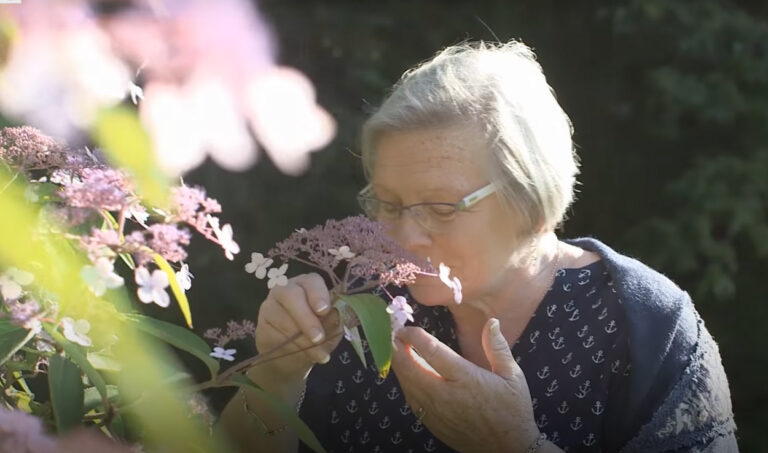Woman who can smell Parkinson’s disease helps scientists develop miracle test
Joy Milne, 72, can “smell” Parkinson’s disease. The retired nurse from Perth, Scotland, discovered her unique ability when she began to notice a change in her husband’s odour. She has now helped scientists develop a groundbreaking swab test to help diagnose the neurological condition that progressively damages parts of the brain, often leading to involuntary shaking.
Her husband Len, a former medical professional, reportedly developed a new smell at the age of 33—a whopping 12 years before he was eventually diagnosed with Parkinson’s. Speaking to the BBC, Milne described it as a “musty rather unpleasant smell especially round his shoulders and the back of his neck and his skin had definitely changed.”
Milne, having a medical background, became aware of this odd change in smell but couldn’t pinpoint what it meant. When her husband was finally diagnosed with Parkinson’s, the scientific community began to harness the ex-nurse’s superpower.
Sadly, Len ultimately passed away in 2015, but Milne continued to help academics in Manchester develop important research and ultimately gain greater understanding into this condition that affects over ten million people worldwide.
In the scientists’ preliminary studies, they encouraged Milne to smell T-shirts worn by individuals who had Parkinson’s, and those who didn’t, as noted by The Independent. Milne was able to successfully identify each T-shirt that had been worn by a diagnosed patient. Her keen smelling abilities never failed her.
As reported by the BBC, Milne, alongside the University of Manchester, have developed a simple skin-swab test which they claim is 95 per cent accurate under laboratory conditions when it comes to telling whether people have Parkinson’s.
The researchers analysed sebum—the oily substance found on skin—which was collected by using a cotton swab on patients’ backs. Using mass spectrometry, they compared 79 people with Parkinson’s with a healthy control group of 71 participants. The research found more than 4,000 unique compounds in the samples, of which 500 were different between people with Parkinson’s and the control group.
Professor Perdita Barran, who ran the research team, marked this discovery as “transformative,” emphasising how the scientists were in high hopes that the new test could be rolled out in the Manchester area within two years, with future plans for it to be used by the National Health Service (NHS).
Receiving a confirmatory Parkinson’s diagnosis would be life-changing for individuals and their families. And while there have been new studies within the medical community that have discovered different treatments in which to slow the disease’s progress—such as regular dancing to music—there is still no cure. Therefore, providing an early diagnosis is crucial.
Milne expressed how this could have helped her own husband greatly. She told the BBC, “We would have spent more time with family, we would have travelled more. If we had known earlier it might have explained the mood swings and depression.”
She also went on to recall the night that she lost Len.—remembering how he encouraged her to continue her research, saying: “You must do this because it will make a difference.”






